Elections
The right to vote and the right to stand for election are two fundamental elements of democracy. Notably, many countries did not afford women the right to vote until the 20th Century. Even today, universal suffrage is not a given right in all countries, and women often face obstacles that undermine their participation in political and electoral processes. There are various ways to support women in overcoming these obstacles. Such methods include revising the electoral system used, applying affirmative action mechanisms such as quotas, improving voter education for women and training political candidates. These are a few of the modes available to strengthen women’s political participation .Photo©Jens Franssen

Interviews

Six of the twelve candidates for the job of UN Secretary-General are women, but in the first informal vote at the Security Council only one woman made it to the top
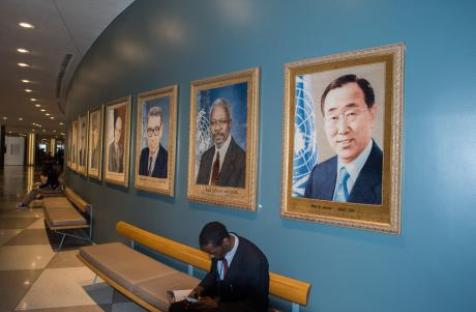
UN leaders and experts have sent an Open Letter to each member of the UN Security Council asking for the selection of a woman and gender equality champion as the nex
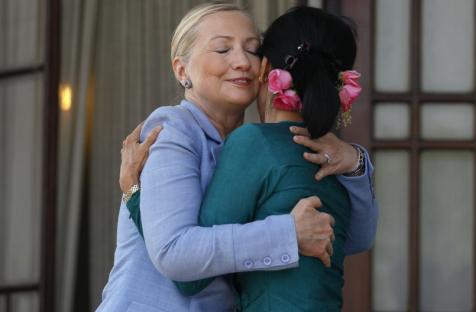
New article presents an analysis and implications for women’s pol

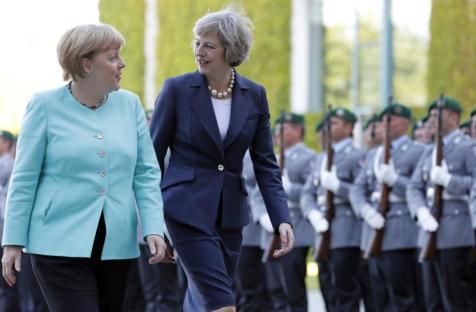
Is there a new trend in women world leaders?
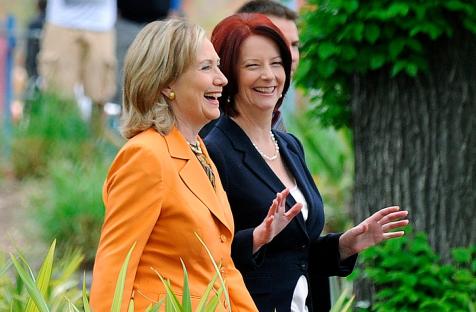
The Guardian has published an article on the support that former Australian prime minister Julia Gillard is giving to Hillary Clinton.
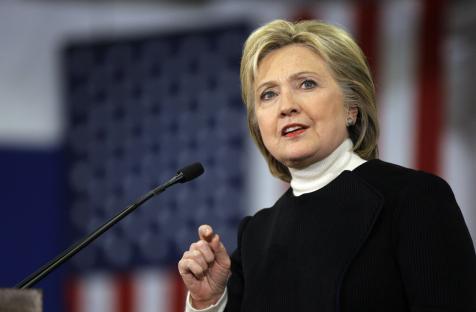
As the Democratic presidential primary contest between Hillary Clinton and Bernie Sanders has grown much closer, some commentators suggest that Clinton’s campaign is
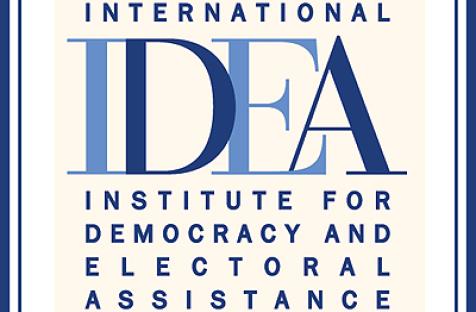
The International Institute for Democracy and Electoral Assistance (International IDEA) is an intergovernmental organization established in 1995, with 29 Member Stat
Pagination
- Previous page
- Page 149
- Next page
